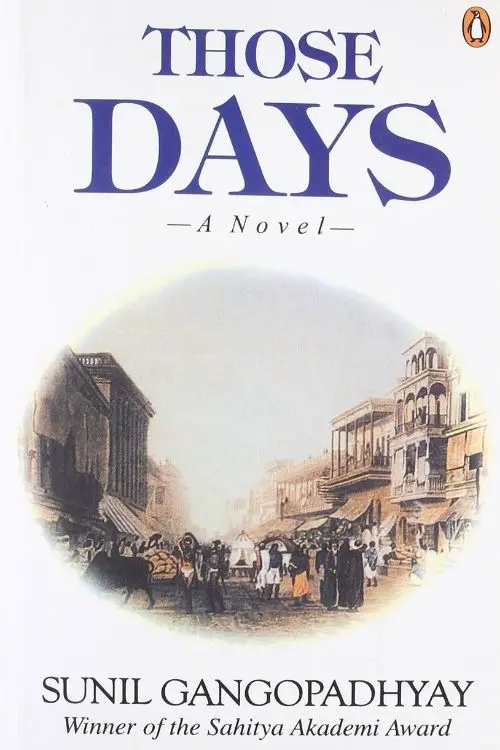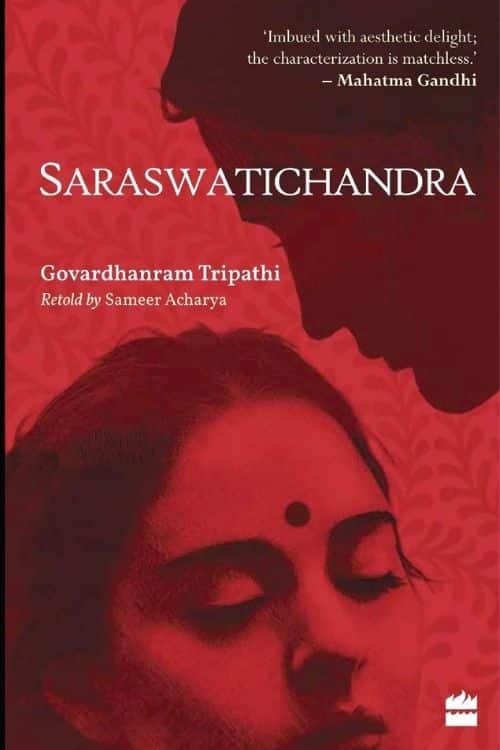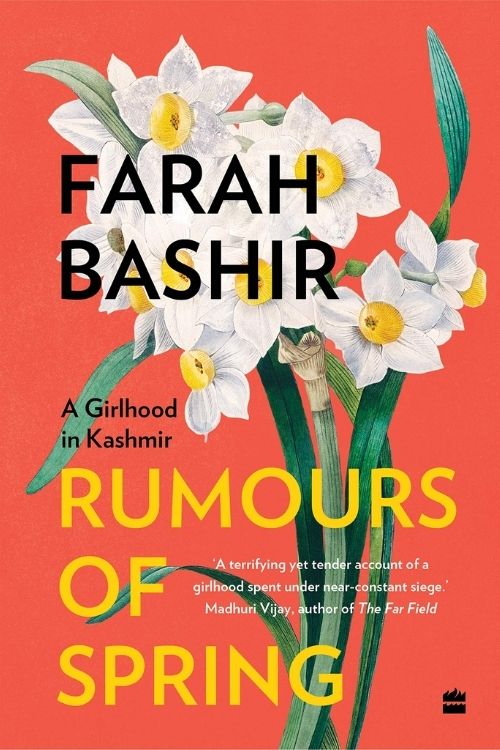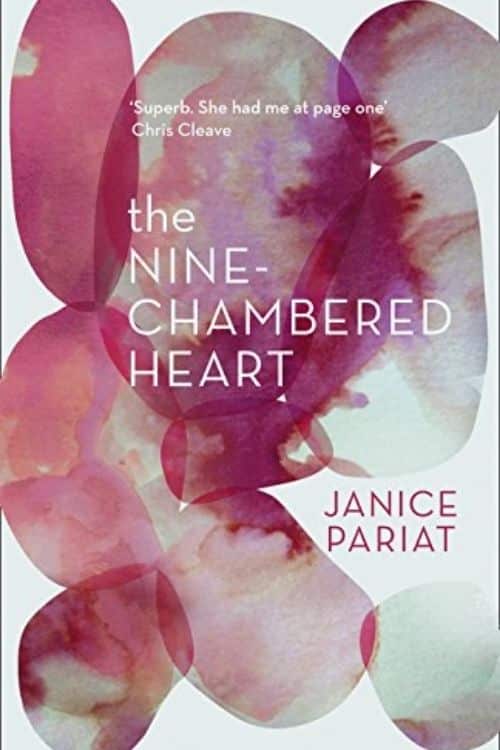Here is a list of regional books from India you probably haven’t heard of, but is full of the beauty of language. All these books are from different regions of India, and bring local flavours and textures of those regions to life on scented pages brimming with narratives.
Regional Books From India You Should Read In Translation:
Those days by Sunil Gangopadhyay (Bengal)

This historical fiction takes place on a grand scale in the years leading up to the first Indian rebellion against the British in 1857. AT its heart are two families, the Singhas and Tagores, whose families intertwine in matters of love, political ideology and profession. There are a host of other characters too, all of them fledged out and contributive to the essence.
That Long Silence by Shashi Deshpande (Maharashtra)

In this story of the unravelling of a marriage, Jaya realizes after seventeen years that she has no individual identity. She doesn’t respect her husband accused of malpractice and feels claustrophobic in their cramped Mumbai home. Realizing she stifled her dream to become an author for her husband, she leaves the marriage. Instead, she works on her dream of becoming an author.
Wooden Cow by T. Janakiraman (Tamil Nadu)

At the heart of this tender and sensitive novel is Ammani. Basically, we follow her life from her idyllic and carefree childhood to harsh adulthood. The coming of age story of a beautiful and intelligent girl who rejects the institution of marriage is an indictment against 19th century sexism. The brilliant characterization of this novel is what makes it commendable.
Monsoon by Vimala Devi (Goa)

This is a collection of short stories written originally in Portuguese. But more appropriately, it’s an evocation of colonial Goa, in its vibrancy and unique culture. With a host of stories that range from satirical to lamenting and tender, this feels like a photograph frozen in time. The best part is that they have sociohistorical as well as personal dimensions.
Saraswatichandra by Govardhanram Tripathi (Gujarat)

Against the backdrop of 19th century feudalism, we follow to Gujarati Brahmin families and their interrelations. Saraswatichandra, the brilliant and heroic son of one family, falls in love with Kumudsundari, the witty and beautiful daughter of the other. But stepmothers, politics and other things keep them apart until they find a way to be together forever.
Strangers on the Roof by Rajendra Yadav (Uttar Pradesh)

In this beautiful story of an arranged marriage, we follow a young scholar called Samar who is forced to marry Prabha. For over a year of their marriage, there is no dialogue, let alone a relationship, between them. But one day, an incident happens to shatter their walls of ego and self-consciousness and a beautiful love story emerges.
Train to Pakistan by Khushwant Singh (Punjab)

From one of the leading writers from India, this is the haunting tale of an idyllic Indian town where Sikhs and Muslims coexist in harmony. But one day, a ghost train from Pakistan containing refugees arrives, bringing with it the horrors of the Partition. Now the ripple effects of Partition scourge this town like ghosts of a haunted past forever.
Rumours of Spring by Farah Bashir (Kashmir)

This book is set against the polaroid-like backdrop of 1990s Srinagar in Kashmir. It is a poignant coming of age memoir is teeming with tenderness and innocence. As stunning a portrait as this is of the political strife in Kashmir, it is also an exploration of girlhood and its nuances. It brings to life the story of a tumultuous region as well as an endearing adolescence.
The Nine-Chambered Heart by Janice Pariat (Assam)

This beautiful collection of stories follows nine characters who recall their relationship with the same character. Seen from the eyes of various characters, such as a teacher, a parent and a friend, our protagonist comes alive. Perhaps even more alive than if we had been allowed access into his innermost depths. Its unique concept and perfect prose make it a must read.
Also Read: Multi-talented Musicians: Musicians Who Wrote Music As Well As Poetry



